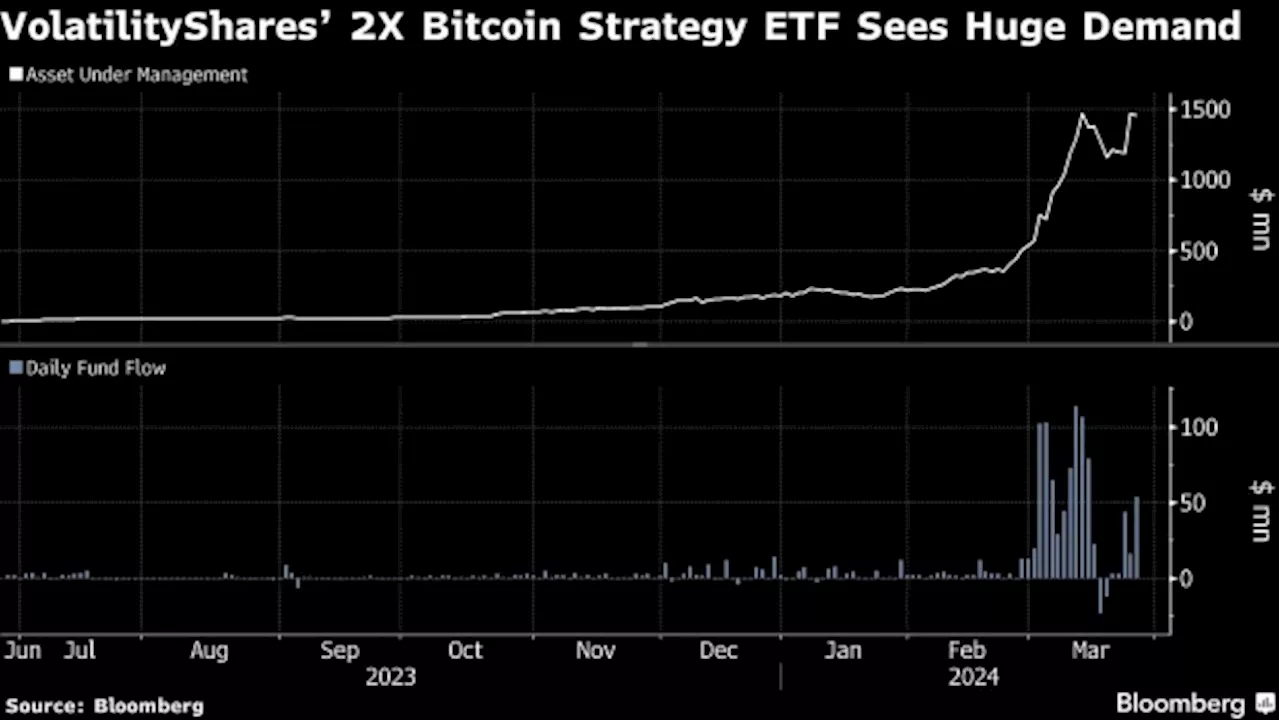Bitcoin [BTC] has exhibited sideways movement in recent weeks, with diminishing demand by spot ETFs acting as one of the primary factors.
Julio Moreno, Head of Research at on-chain analytics firm CryptoQuant, attributed this in part to diminishing inflows to U.S. spot ETFs.
Indeed, net outflows of $217 million were recorded as on the 25th of April, and the funds have bled nearly $147 million since the week began, AMBCrypto noted usingNote that since their launch in early January, these investment vehicles have been one of the key drivers of Bitcoin’s price movement. Net positive days have invariably pushed prices up and vice versa.The declining demand was also apparent in the steep drop in accumulation addresses since late March.
Canada Latest News, Canada Headlines
Similar News:You can also read news stories similar to this one that we have collected from other news sources.
 Interest in Bitcoin spot ETF falls: Blame memecoin mania?The recent decline in Bitcoin’s [BTC] supply absorption by spot Bitcoin exchange-traded fund (ETF) has indicated a drop in interest in...
Interest in Bitcoin spot ETF falls: Blame memecoin mania?The recent decline in Bitcoin’s [BTC] supply absorption by spot Bitcoin exchange-traded fund (ETF) has indicated a drop in interest in...
Read more »
 Bitcoin halving or ETF flows: What will drive BTC to $195K?Bitcoin could hit $195K by end of 2024 based on the massive inflows coming in from new US spot BTC exchange traded funds (ETFs).
Bitcoin halving or ETF flows: What will drive BTC to $195K?Bitcoin could hit $195K by end of 2024 based on the massive inflows coming in from new US spot BTC exchange traded funds (ETFs).
Read more »
 Factbox-Focus on bitcoin in Q1 overshadows broadening of US ETF landscapeExplore stories from Atlantic Canada.
Factbox-Focus on bitcoin in Q1 overshadows broadening of US ETF landscapeExplore stories from Atlantic Canada.
Read more »
 A Turbocharged Bitcoin ETF Is More Popular Than TSMC in KoreaA risky exchange-traded fund in the US that aims to deliver twice the daily performance of short-term CME Bitcoin futures is seeing strong demand from Korean investors.
A Turbocharged Bitcoin ETF Is More Popular Than TSMC in KoreaA risky exchange-traded fund in the US that aims to deliver twice the daily performance of short-term CME Bitcoin futures is seeing strong demand from Korean investors.
Read more »
 Bitcoin price back above $70k as ETF inflows fuel push toward a new ATHThe Kitco News Team brings you the latest news, videos, analysis and opinions regarding Precious Metals, Crypto, Mining, World Markets and Global Economy.
Bitcoin price back above $70k as ETF inflows fuel push toward a new ATHThe Kitco News Team brings you the latest news, videos, analysis and opinions regarding Precious Metals, Crypto, Mining, World Markets and Global Economy.
Read more »
 Bitcoin spot ETFs’ ‘Zero flow’ days – All you need to knowGrayscale continues to dominate spot Bitcoin ETF market capitalization even as its holdings continue to decline.
Bitcoin spot ETFs’ ‘Zero flow’ days – All you need to knowGrayscale continues to dominate spot Bitcoin ETF market capitalization even as its holdings continue to decline.
Read more »
